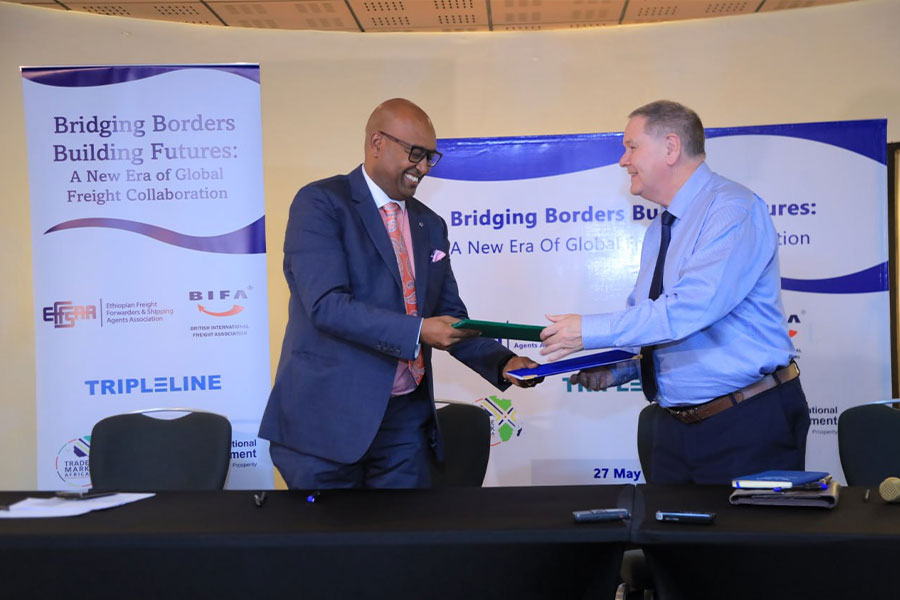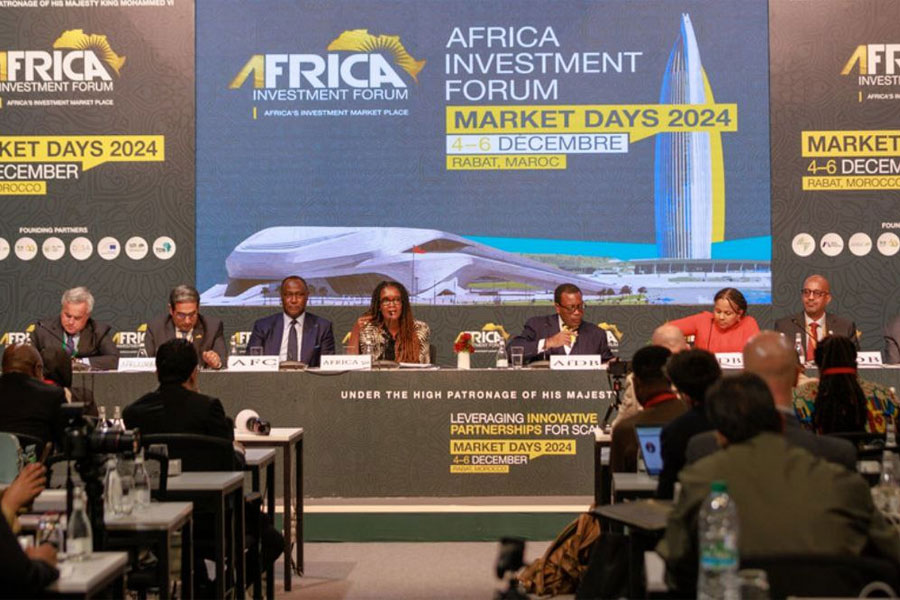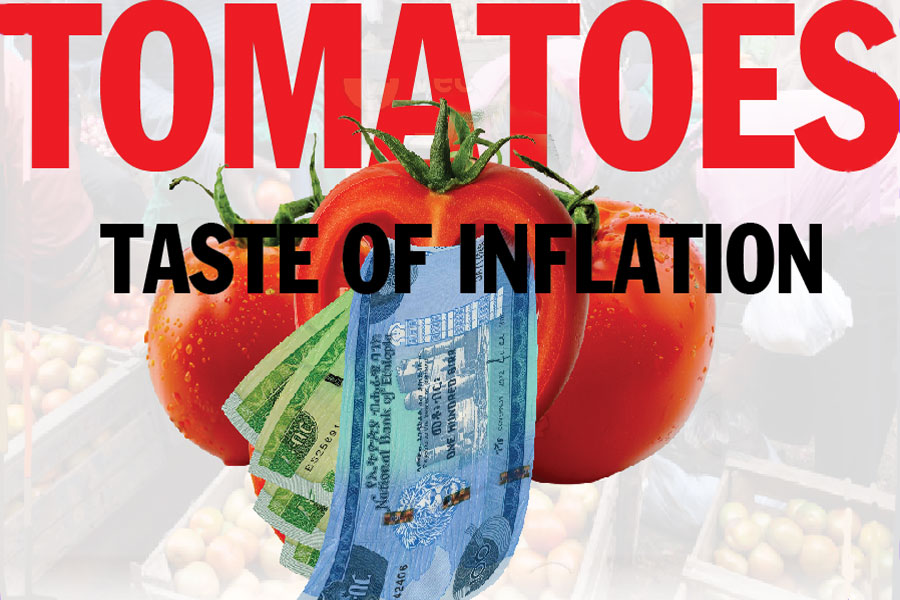
Radar | Sep 27,2025
Oct 3 , 2024
By Desalegn T. Zegeye (MD)
Adolescence is a defining phase in human development, marked by profound physical, emotional, and social changes that lay the groundwork for an individual's future. Yet for millions of young people in Ethiopia, this transformative stage is overshadowed by a mental health crisis that threatens not only their well-being but also the country's prospects for growth.
Take the story of Amina, a 16-year-old girl from a rural village near Addis Abeba.
Struggling with anxiety and depression, she struggled with emotional distress in a community where mental health issues are stigmatised and misunderstood. Her academic performance has declined in an environment where access to proper support or services is lacking. She has become increasingly isolated from her peers.
Amina's experience mirrors a broader and entrenched problem affecting the youth.
Globally, mental health issues during adolescence contribute to the overall disease burden. The World Health Organisation (WHO) estimates that up to half of mental health problems begin before age 14. Conditions such as anxiety, depression, and behavioural disorders account for a substantial portion of disability among young people worldwide.
In Ethiopia, the situation is particularly alarming. Estimates suggest that 11.4pc of adolescents aged 10 to 19 experience mental health disorders, a figure translating to over three million young people caught up with a health crisis that can have lifelong repercussions. Several factors exacerbate poor mental health outcomes among adolescents, especially in low-resource settings where poverty, inequality, and violence are prevalent.
Economic hardships and limited access to essential services like healthcare and education intensify environmental stressors. Adolescents in these communities often face emotional distress that, if left unaddressed, can lead to chronic mental health issues. Systemic barriers compound these problems. A widespread lack of mental health awareness and a scarcity of support services leave many adolescents without the help they need.
Mental health disorders are frequently stigmatised, discouraging young people and their families from seeking assistance. This stigma encourages a cycle of silence and isolation, where adolescents like Amina deal with their struggles alone. According to a study in the Ethiopian Journal of Health Sciences, over 60pc of adolescents with mental health issues receive no treatment or counselling.
Substance use among adolescents is a growing concern, adding another layer to the crisis. Alcohol consumption, chewing khat, an stimulant leaf, and smoking are increasingly common, with devastating effects on mental and physical well-being. A survey by the Ethiopian Public Health Institute found that 15pc of adolescents engage in regular chewing of this substance, while 10pc consume alcohol weekly. Many turn to substances as a coping mechanism for stress, anxiety, and depression linked to their environments. Substance use worsens existing mental health issues and introduces new problems, further entrenching young people in cycles of distress and risky behaviours.
Addressing substance use requires comprehensive prevention and intervention strategies tailored to adolescents' needs. Families, schools, and communities should cooperate to provide education, support, and access to services for those at risk or already engaging in substance use. Initiatives like community outreach programs and school-based counselling can play crucial roles.
The federal government has acknowledged the problem and taken steps to address adolescent mental health through national strategies. The five-year strategy for mental health response, beginning in 2020, outlines goals for improving services across the country, including integrating mental health into school curricula and training health workers, teachers, and communities. However, progress has been slow, and many of the strategy's plans remain unrealised. Budget constraints, limited infrastructure, and a shortage of trained professionals impede effective implementation.
As this strategy approaches its final year, it is evident that more focused efforts are needed to prioritise adolescent mental health in the next national agenda. A severe shortage of child and adolescent mental health specialists remains an issue, with reports indicating fewer than one specialist for a million people. The shortage pressed for capacity-building initiatives to expand the workforce and improve service availability.
Addressing the crisis requires a coordinated national strategy focusing on prevention, early intervention, and treatment. Capacity-building should be a priority, focusing on increasing the number of trained professionals equipped to address adolescents' unique challenges. This includes psychiatrists, psychologists, social workers, and community health workers trained in mental healthcare.
Schools should be integrated into the response work because of their crucial role. Embedding mental health education into the curriculum and providing trained counsellors can create a supportive environment. Teachers can be trained to recognise signs of distress and refer students to appropriate services. Cooperation between schools, professionals, and communities is essential to offering the necessary support.
Leveraging telehealth and digital platforms can extend services' reach to adolescents in remote or underserved areas. Mobile phone penetration has grown immensely, providing an opportunity to deliver counselling and support through apps and hotlines. These platforms can offer assistance in private to those who might otherwise have no access to care. Community awareness campaigns focusing on reducing stigma and encouraging families to seek help for their children are also important. Religious and community leaders can be engaged to promote understanding and acceptance of mental health issues, helping to break down cultural barriers that prevent seeking help.
PUBLISHED ON
Oct 03,2024 [ VOL
25 , NO
1275]


Radar | Sep 27,2025

Radar | May 31,2025

Radar | Jun 30,2024

Fortune News | Jul 06,2025

Fortune News | Dec 08,2024

Viewpoints | Sep 06,2025

Agenda | Jun 07,2022

Fortune News | Nov 16,2024

Radar | Jul 24,2023

Radar | Nov 21,2018

Photo Gallery | 174643 Views | May 06,2019

Photo Gallery | 164867 Views | Apr 26,2019

Photo Gallery | 155080 Views | Oct 06,2021

My Opinion | 136699 Views | Aug 14,2021
Editorial | Oct 11,2025

Dec 22 , 2024 . By TIZITA SHEWAFERAW
Charged with transforming colossal state-owned enterprises into modern and competitiv...

Aug 18 , 2024 . By AKSAH ITALO
Although predictable Yonas Zerihun's job in the ride-hailing service is not immune to...

Jul 28 , 2024 . By TIZITA SHEWAFERAW
Unhabitual, perhaps too many, Samuel Gebreyohannes, 38, used to occasionally enjoy a couple of beers at breakfast. However, he recently swit...

Jul 13 , 2024 . By AKSAH ITALO
Investors who rely on tractors, trucks, and field vehicles for commuting, transporting commodities, and f...

Oct 11 , 2025
Ladislas Farago, a roving Associated Press (AP) correspondent, arrived in Ethiopia in...

Oct 4 , 2025
Eyob Tekalegn (PhD) had been in the Governor's chair for only weeks when, on Septembe...

Sep 27 , 2025
Four years into an experiment with “shock therapy” in education, the national moo...

Sep 20 , 2025
Getachew Reda's return to the national stage was always going to stir attention. Once...

Oct 12 , 2025
Tomato prices in Addis Abeba have surged to unprecedented levels, with retail stands charging between 85 Br and 140 Br a kilo, nearly triple...

Oct 12 , 2025 . By BEZAWIT HULUAGER
A sweeping change in the vehicle licensing system has tilted the scales in favour of electric vehicle (EV...

A simmering dispute between the legal profession and the federal government is nearing a breaking point,...

Oct 12 , 2025 . By NAHOM AYELE
A violent storm that ripped through the flower belt of Bishoftu (Debreziet), 45Km east of the capital, in...